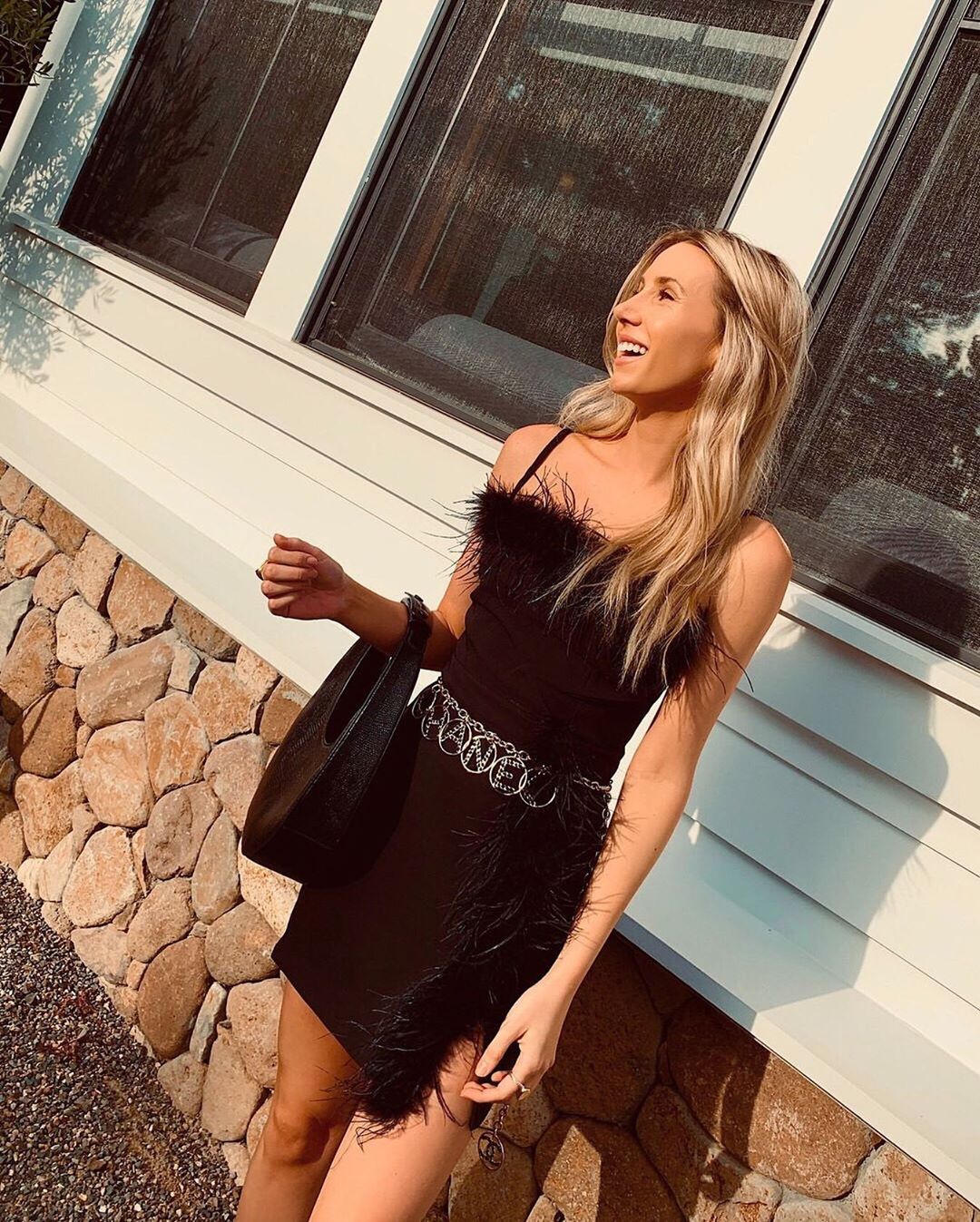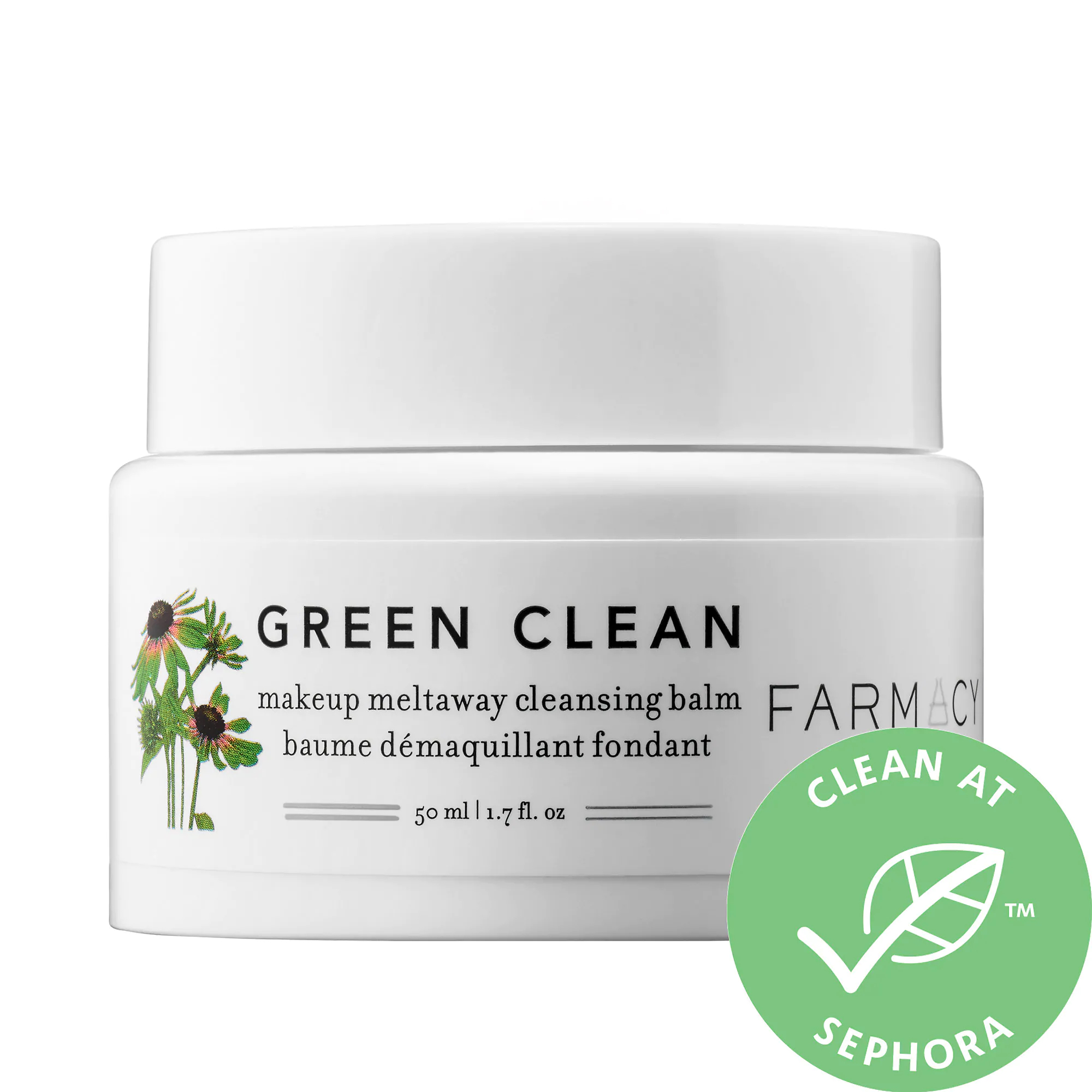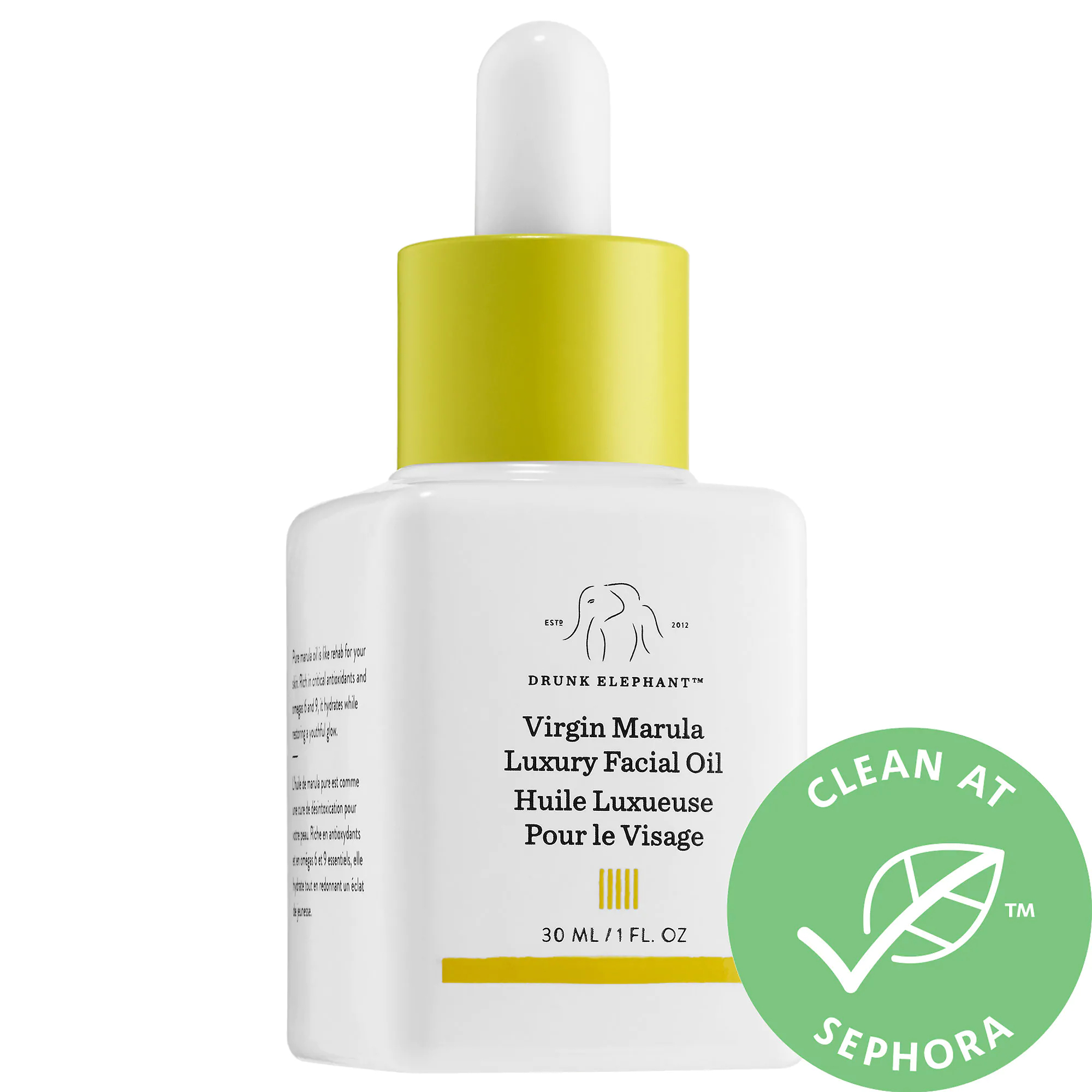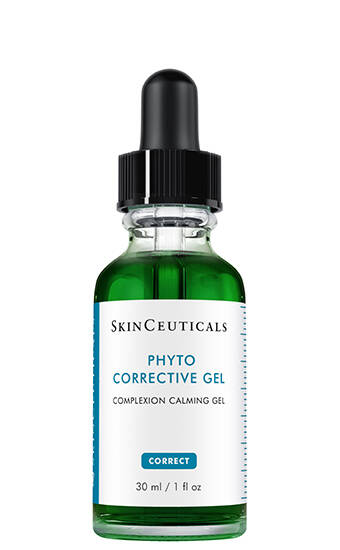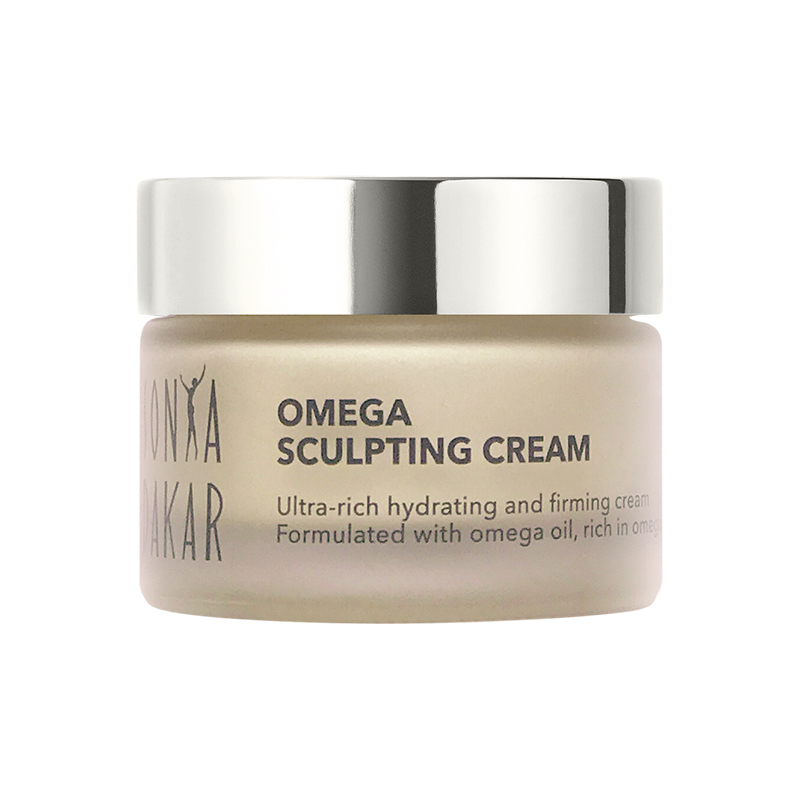Gwyneth Paltrow's Facialist Put Me Through Skin Boot Camp—Here's What I Learned
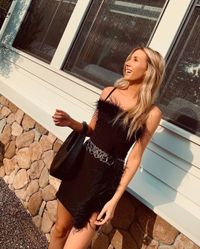
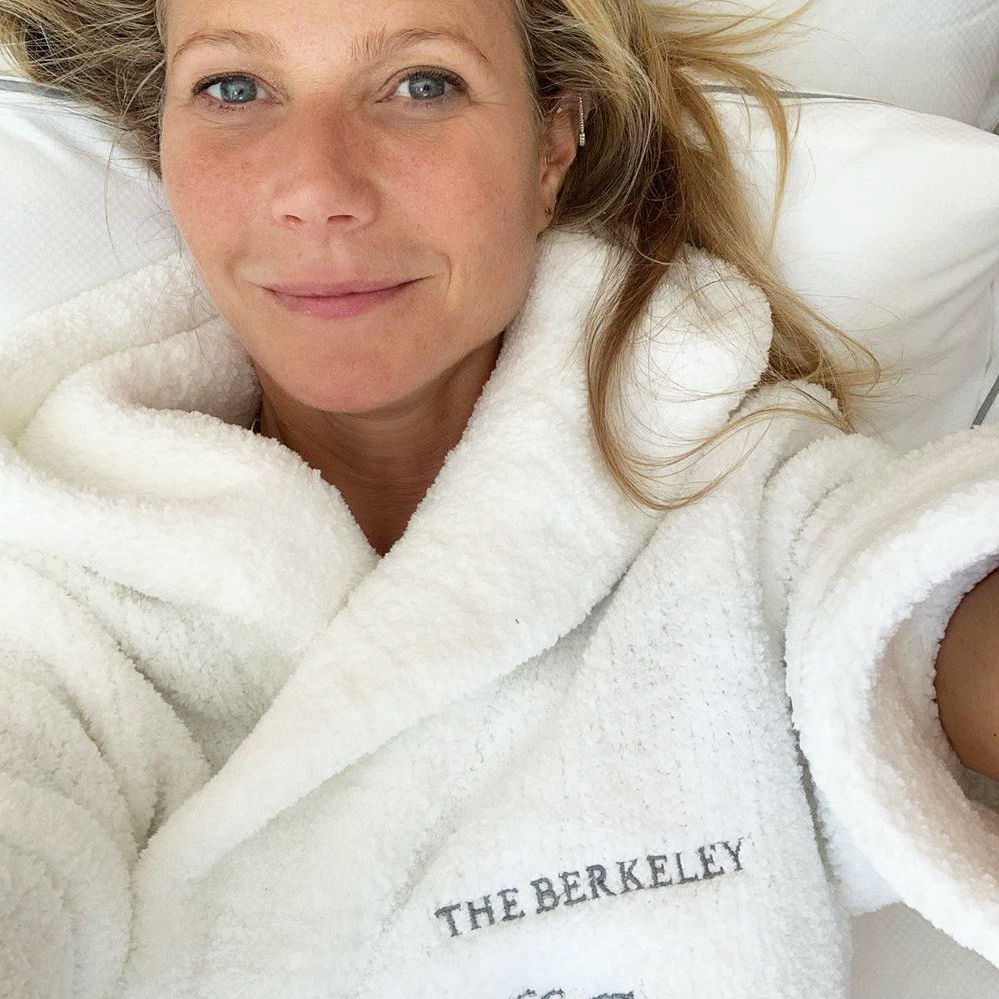
Are you ready to hear a "fun" fact? Over 415 million people have rosacea worldwide (me being one of them). There are over 16 million people in the U.S. alone. Characterized by easily flushed skin, redness, and small red bumps on the face, rosacea is a skin disease often mistaken for acne or other skin conditions and is one of the hardest to diagnose and treat. So when I was given the chance to do a six-week skin boot camp with Sonya Dakar (one of L.A.'s top estheticians) to help treat my rosacea, I leaped at the chance.
Sonya has been transforming and treating skin for over 30 years and counts Gwyneth Paltrow, Brittany Snow, and Sophia Bush as clients. She also developed a skincare line with pure, clean ingredients to help people at home keep their skin looking and feeling its best. She's an expert when it comes to treating rosacea, acne, and eczema, so I knew I would be in good hands when embarking on this six-week program.
Keep reading to find out what Sonya did to help calm my rosacea, as well as the genius skincare tips I learned for my at-home routine and the lifestyle changes I've implemented to keep my rosacea at bay.

This is my redness level directly after a treatment with Sonya, in which she performed extractions, a diamond peel, and LED therapy. As you can see, my face gets flushed easily from contact.
THE PROGRAM
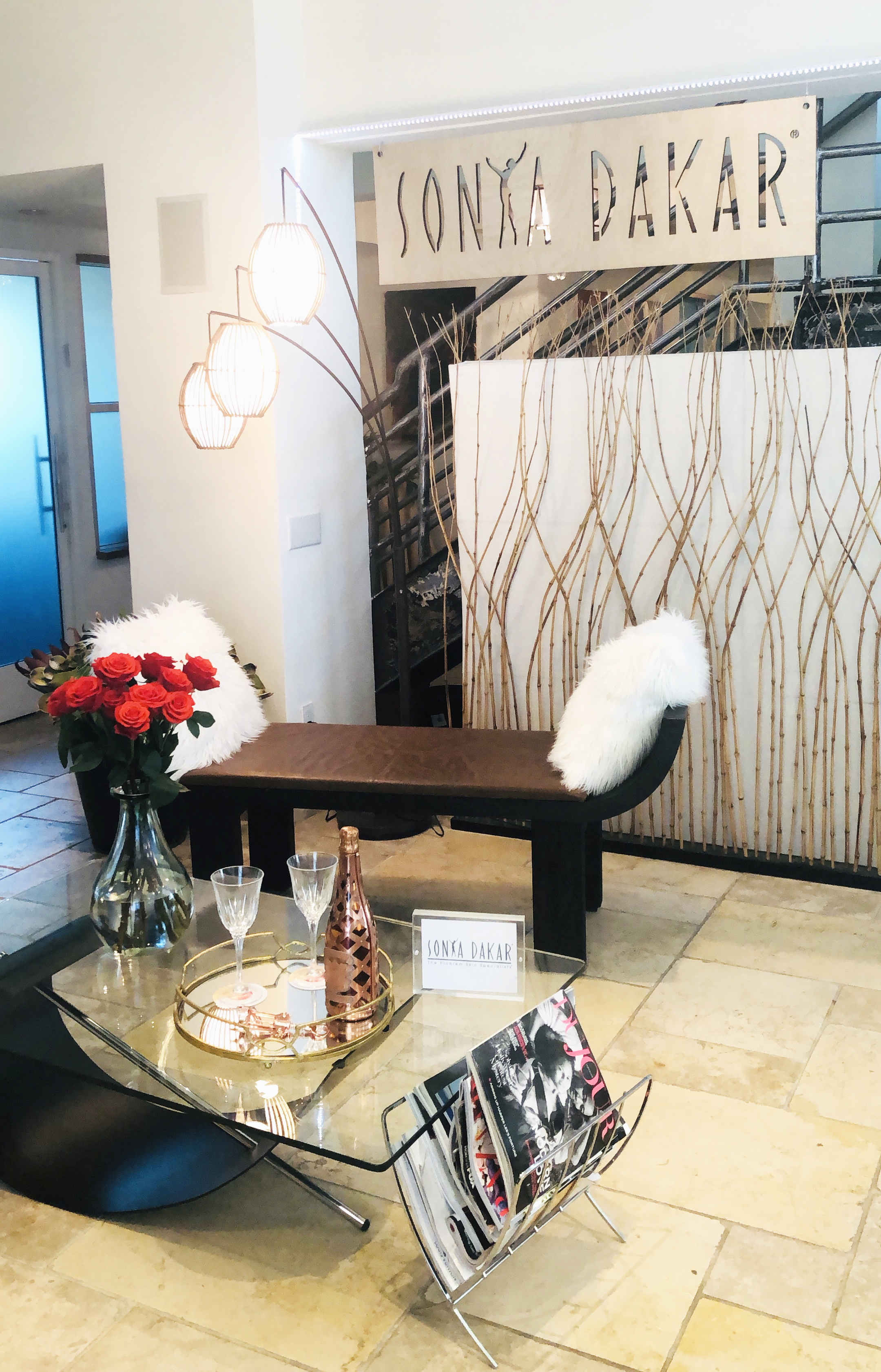
Let's back up for a second and explain a bit more about rosacea for those unfamiliar. Rosacea often begins with a tendency to blush or flush more easily than other people, with red blotches appearing on the cheeks, nose, chin, and forehead. It's typically genetic, but there's no test to determine if the symptoms someone is experiencing are indeed from rosacea. It's commonly misdiagnosed, and equally frustrating is its erratic nature (better known as "flare-ups") that can be triggered by both internal and external factors. External heat and the subsequent dilation of blood vessels are often linked to rosacea flare-ups.
It's not just a cosmetic thing though, as the flushing and redness also cause an intense feeling of heat just underneath the skin, almost the way your skin feels after a sunburn. So people who have rosacea deal with not only the external appearance but also the internal irritation.
Sonya's skin boot camp program combines in-office treatments like diamond peels, oxygen facials, LED light therapy, extractions, and facial massage with at-home products and lifestyle changes to improve and manage your skin condition. Each week, she rotates through a few different treatments during your hour with her and then sends you home with the regimen she wants you to use, such as her sensitive skin–friendly Omega Oil and Sensi Wash. The Organic Omega Booster is actually the number one product she would recommend to anyone with rosacea, as it contains flaxseed oil, which is rich in essential fatty acids. This makes it super effective in soothing skin, reducing redness and inflammation, and calming any itchiness.
She also discussed at length with me the lifestyle factors that could be making my skin condition worse. For example, hot yoga and saunas are huge no-nos for rosacea sufferers. Any type of intense heat (including that from the sun) is going to irritate and inflame your skin. Another big one is caffeine—too much of it not only dehydrates your body (which is going to affect your skin), but it also causes the skin to flush more easily. This was one of the biggest changes I needed to make as someone who loves cold brew. Sonya recommended not ditching the habit completely but limiting it to once daily and making sure I drink a ton of water to remain hydrated.
After spending six weeks sticking to my recommended skincare regimen, visiting the Sonya Dakar skin clinic, and eliminating triggering lifestyle factors, my skin is the calmest it's ever been. My flare-ups have been relatively nonexistent, and there is significantly less redness in my skin. I believe it was the combination of things Sonya recommended to me that made my skin look and feel so much better, not just seeing a professional for treatments weekly. If I had gone in to see her and then went back to living my life the way I had been before (with a combination of hot yoga, coffee, and irritating skincare products), I wouldn't have noticed the major shift in my skin.
Below I'm outlining the biggest takeaways from my time with Sonya that I will continue to apply in my daily routine and that anyone can incorporate into their own to help calm their skin.

This is what happens during the LED treatment. You look like a transformer, but the light is killing harmful bacteria on the surface of your skin.
MY TAKEAWAYS
1. Avoid or limit external triggers.
As I've mentioned, rosacea flare-ups are caused by both internal and external triggers, so eliminating or reducing these is extremely important to keep your skin calm. The most common external triggers include the following:
Sun exposure: While the sun's UV rays can cause much damage to skin and worsen rosacea, the damage to blood vessels throughout the face is the most serious concern—often causing mild rosacea sufferers to progress quickly into the moderate-to-severe stages. It's worth noting that even short-term exposure of 20 to 30 minutes can worsen a rosacea flare-up.
Windy, cold, dry weather: These are brutal stressors on the skin and can easily escalate even the mildest case of rosacea.
Saunas and hot baths or showers: Though these are quite enjoyable, the prolonged contact with heat will further dilate capillaries and aggravate rosacea.
Cosmetics and skincare: Especially those containing alcohol, sulfates, menthol, fragrance, or other known skin irritants.
2. Reduce internal triggers.
Internal triggers are just as detrimental (if not more) as external. Things like stress and anxiety are known to heat up the skin, while things like alcohol are going to cause instant flushing. The most common internal triggers include the following:
Stress and anxiety: These are the top internal triggers for rosacea flare-ups. Stress distorts the body's ability to monitor and control proper function. Any pre-existing conditions are often made worse by prolonged stress.
Alcohol: Alcohol dilates blood vessels, which will make a red face look redder. Red wine also contains chemicals called tyramines—a compound that dilates vessels even more. Close to 90% of rosacea patients who have limited their alcohol consumption have reported a reduction in the frequency of flare-ups.
Spicy food: Sriracha and other spicy foods cause flushing and dilation of capillaries, which amplifies a rosacea condition.
Medication: Certain medications throw your body off balance, which in turn can cause flare-ups. Topical steroids are the worst culprit, according to Sonya, as they thin the skin, as well as any medication that dilates blood vessels. Some blood pressure medications and painkillers can also trigger rosacea.

3. Be specific when picking out skincare products.
Don't be afraid to use skincare products with rosacea. Just make sure you choose formulas and ingredients that will help your skin. It isn't enough to just cleanse and moisturize with gentle products. The goal would be to create a regimen with products that will help your skin become healthier over time. You want to choose products that will help decrease inflammation, fight free-radical damage, improve the skin's barrier, and boost collagen production. These are the ingredients to look for when shopping for products:
Omega-3 fatty acids
Green tea extract
Niacinamide
Oat extract
Linoleic oils
Chamomile
Aloe
Resveratrol
4. Avoid ingredients that will irritate sensitive skin.
Avoid products with harsh, drying, and irritating ingredients. This means no glycolic acid, benzoyl peroxide, sodium lauryl sulfate, hydroquinone, sulfates, and detergents. All of these will strip, thin, and irritate skin and trigger rosacea flare-ups.
Following these four tips will improve your sensitivity and reduce the frequency of flare-ups. I was shocked (and stoked, TBH) at how much my skin improved by making a few small alterations in both my skincare routine and lifestyle.
SHOP PRODUCTS FOR SENSITIVE SKIN

This milky face wash removes dirt and makeup without irritating sensitive skin types. With soothing lavender and oat kernel extract, it's suitable for even the most dehydrated skin. The oat extract calms skin down while strengthening it at the same time to make it more resilient to future irritation.
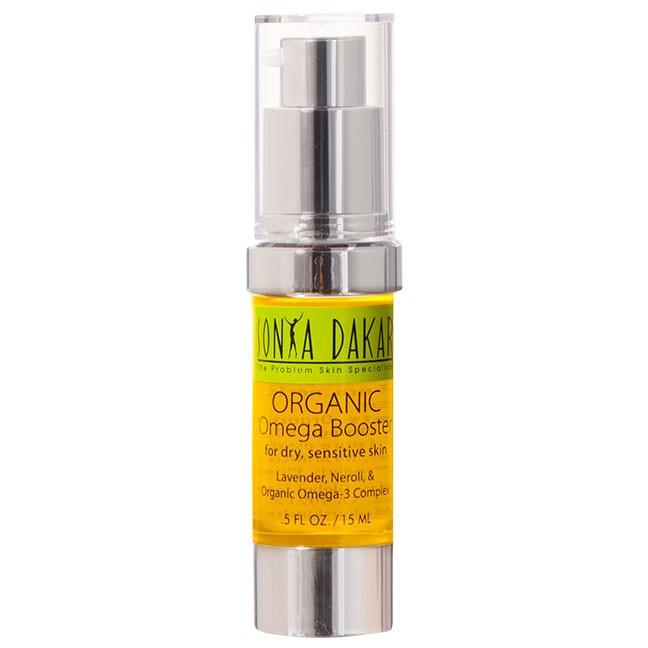
This is the holy-grail product for sensitive skin types. It hydrates and calms skin down instantly. It contains flaxseed oil, which is rich in omega-3s, -6s, and -9s. Thanks to its high concentration of active ingredients, it's effective in reducing irritation, inflammation, and redness—which are all skin issues associated with rosacea.
Next up: I tested 27 redness-covering makeup products, and these nine are legit.
